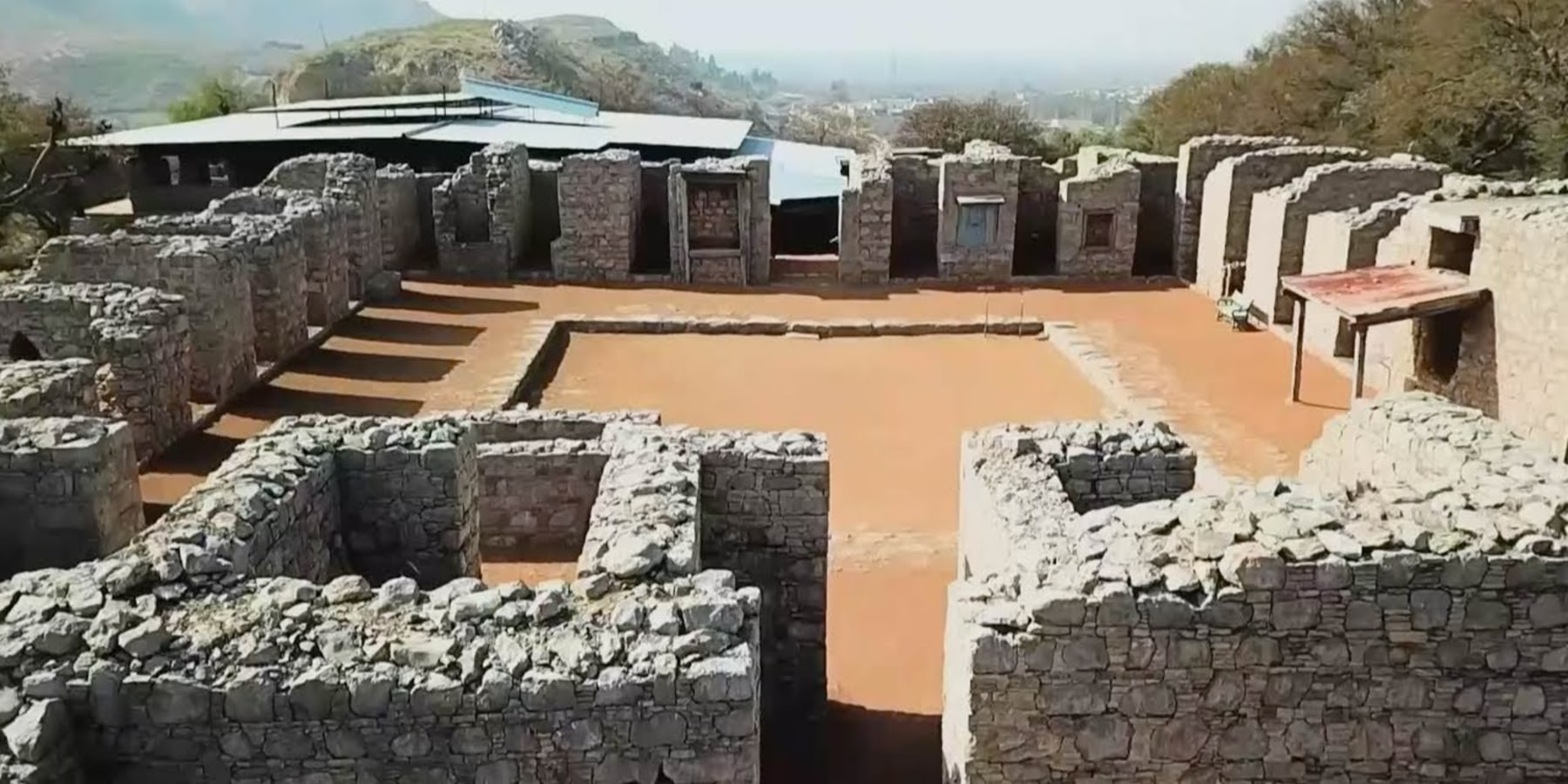
Ancient History
When the Europeans were dressed in animal skins and the USA the known only the native Indians tribes, the men and women who lived on the land now Pakistan were part of one of the most sophisticated societies on the earth. The ancient Egyptians, who lived around the same time, many have been better at building pyramids, but when it comes to construing cities, the Indus people were well ahead.
Nothing was known of the Indus civilisation until the 1920s when excavates at Harappa and Moenjodaro revealed cities built of bricks. Subsequent research has shown that the Indus people flourished around 2500-1500 BC. They had roughly five million and a sophisticated bureaucracy with a standardised system for weight and brick sizes. While the evidence is sketchy, many scholars believe that a priestly elite governed the Indus people.
For some reason, possibly, flooding the Indus civilisation collapsed. There followed centuries of economic decline and foreign conquest. The first to arrive were the Aryans, whose Vedic religious laid the basis for Hinduism as it is practised today. They were followed by Alexander the Great. When you travel in Northern Pakistan and, in particular places, such as the Kalasha valleys, you may notice people with relatively pale skin, fair hair and blue eyes. According to popular theory, these are the descendants of Alexander the Greats troops.
After Alexander, a series of imperial power flexed their muscles in South Asia. The Maurya’s were notable for controlling virtually all the subcontinent and promoting Buddhism. If you visit Taxila near Islamabad, you will see exceptionally well-preserved Buddhist remains that date back to this period. The Bactrians, Scythians, Parthians, Kushans Hunza and Shahi’s all came and went. The Bactrians left the most significant traces, and their Gandharan art is still avidly collected. After the looting of the Kabul Museum in the late 1990s, some genuine pieces din come on the market but be warned that most of the examples being hawked on the streets of Islamabad and Peshawar are fake.
In AD 711 an Arab general, Mohammad bin Qasim, arrived in Sindh. He and his 6000 cavalrymen were to have a significant impact because they brought with them the religion of Islam. After the Arab has made inroad from the south, in the 11th century, the Turkish rulers of Afghanistan, led by Mahmud of Ghazni, brought Islam's same message from the north. Muslims were then established as the ruling class. However, it was not until the Mughal dynasty's arrival that there was a truly formidable Islamic government able to leave a lasting architectural and cultural impression.

